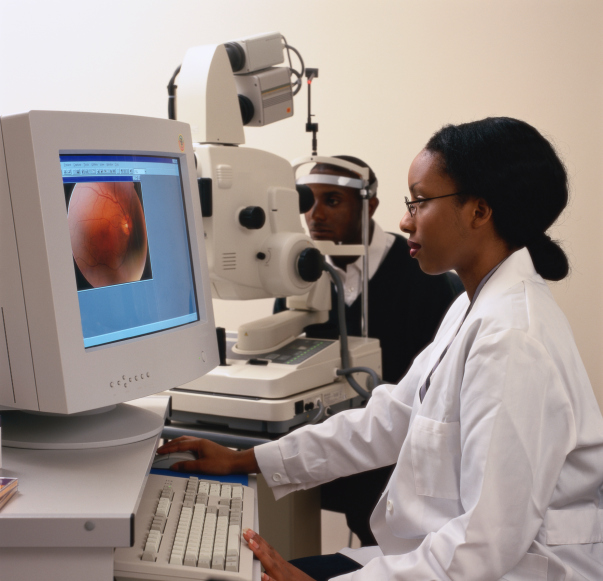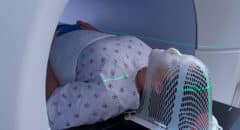
When you have diabetes, regular visits to the eye doctor are a must if you want to ensure the health of your eyes. Blurred vision is a common eye problem that’s associated with diabetes. Often times, it’s a temporary problem that goes away on its own. Other times, blurred vision can be an indicator that there’s something more serious going on. There are three major eye problems that diabetics should be aware of: cataracts, glaucoma and retinopathy. Read on to learn more about each of them.
Cataracts
Cataracts is when the eye lens becomes clouded or fogged. Diabetics tend to develop cataracts at an earlier age compared to people who don’t have diabetes. The condition also tends to progress much faster when you have diabetes. Symptoms include blurry and double vision, sudden changes in your eye sight and problems with glare. In most cases, cataract surgery is the best solution. The procedure – unless it’s a complicated case – usually takes about 10 minutes to perform. With 1.5 million surgeries being performed each year, cataract surgery is the most common surgery in the country.
Check This Out: Have Diabetes? Here’s Help…For FREE!
Glaucoma
Glaucoma is a condition where the fluid inside your eye doesn’t drain properly, leaving excess pressure inside your eye, which can damage your eye’s nerves and blood vessels. There are two types: open-angle glaucoma and neovascular glaucoma (NVG). Diabetics are more likely to develop NVG, but this form of glaucoma is more aggressive and less common. With NVG, new blood vessels grow on your iris, block the normal flow of fluid out of the eye and raise your eye pressure.
Symptoms of open-angle glaucoma include nothing at all, which is an extreme disadvantage because the disease has a chance to advance and cause further damage. On the other hand, NVG’s symptoms include headaches, eye aches, watering eyes and loss of vision. Treatment for open-angle glaucoma ranges from special eye drops to laser procedures to surgery. Generally speaking, NVG is more difficult to treat. One option, though, is laser surgery to remove the extra blood vessels.
Retinopathy
As one of the leading causes of blindness in the U.S., diabetic retinopathy is caused by the damage of small blood vessels. The longer you’ve been living with diabetes, the greater your risk for developing diabetic retinopathy. Commonly referred to as “microvascular complication,” symptoms of diabetic retinopathy include eye floaters, distorted color perception and vision loss. By controlling your blood sugar levels, you can greatly reduce your chances for developing this condition.
If you notice changes in your vision, particularly if you are diabetic, make an appointment with your eye doctor.








